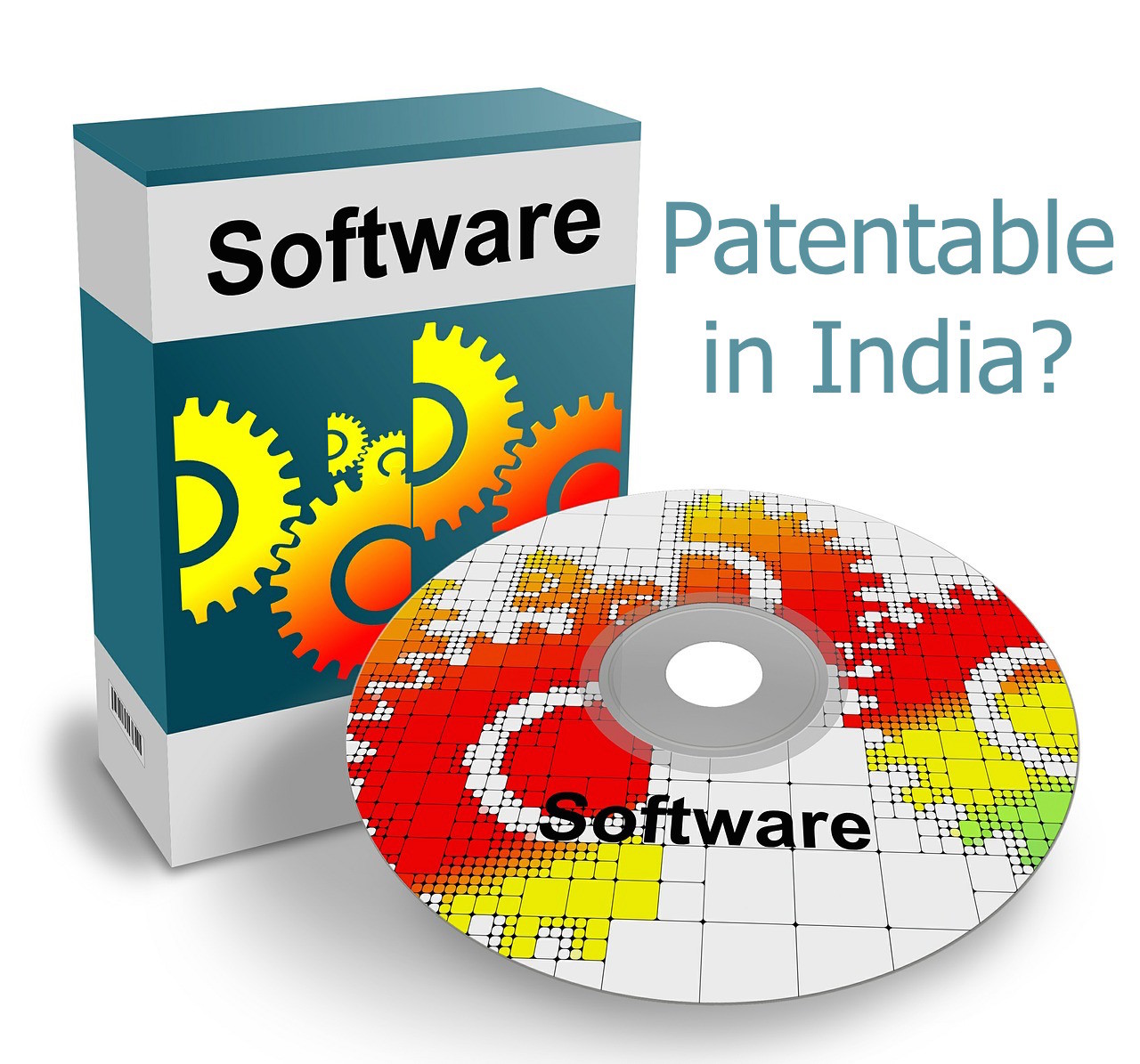In a landmark decision by the Delhi High Court, a single-judge bench of Justice Pratibha M. Singh has restated that not all computer programs can be barred under Sec 3(k) of the Patents Act. If the software programs demonstrate a ‘technical effect’ or a ‘technical contribution,’ such programs should be protected. The Sec 3(k) reads as:
The following are not inventions within the meaning of this Act, 3(k) a mathematical or business method or a computer programme per se or algorithms;
The Petitioner Ferid Allani’, a citizen of Tunisia, challenged the order passed by IPAB (the Intellectual Property Appellate Board) wherein the board rejected the application seeking a grant for a “method and device for accessing information sources and services on the web” on the ground that it did not disclose any ‘technical effect’ or ‘technical advancement.’
The Petitioner argued that the invention was not merely a software program; instead, it disclosed more efficient database search strategies, more economical use of memory, or higher speed, whereas IPAB contended that the present case did not call for any interference under Article 227.
After hearing both parties, the Court observed:
“In today’s digital world, when most inventions are based on computer programs, it would be retrograde to argue that all such inventions would not be patentable. Innovation in the field of artificial intelligence, blockchain technologies, and other digital products would be based on computer programs. However, the same would not become nonpatentable inventions – simply for that reason. It is rare to see a product not based on a computer program. Whether they are cars and other automobiles, microwave ovens, washing machines, or refrigerators, they all have computer programs in-built into them. Thus, the effect that such programs produce, including in digital and electronic products, is crucial in determining the test of patentability.” The patent applications must be examined to check if at all they provide any’ technical contribution.’ The Court explained further regarding the usage of “per se” in Sec 3(k) that:
“The words’ per se’ were incorporated to ensure that genuine inventions which are developed, based on computer programs, are not refused patents.“
The Court directed the Patent Office to re-examine the Petitioner’s application in light of the observations made in the present order, the judicial precedents, settled practices of patent offices, and the Guidelines on Computer Related Inventions. As per the Court’s order, the decision on the Petitioner’s application shall be taken within two months after granting a hearing to the Petitioner.




